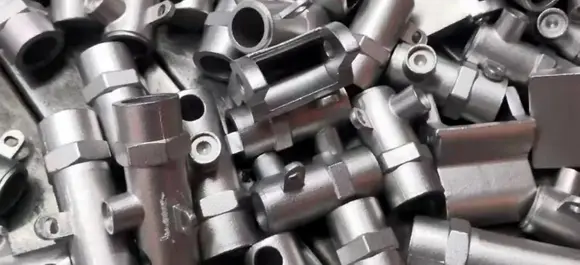Mobile:+86-311-808-126-83
Email:info@ydcastings.com
English
low pressure die casting
Low Pressure Die Casting An Efficient Method for High-Quality Metal Parts
Low pressure die casting (LPDC) is a sophisticated manufacturing process widely used in the production of high-quality metal parts, particularly in industries such as automotive, aerospace, and engineering. This method distinguishes itself from traditional die casting by employing lower pressures and providing unique advantages that cater to specific production needs.
The fundamental principle of low pressure die casting lies in the use of controlled low-pressure forces to draw molten metal into the mold. Typically, a furnace is used to melt the aluminum or other metal alloys, which is then transferred into a chamber connected to the mold. When the pressure is applied, the molten metal is forced into the mold cavity through a dedicated pouring system. The controlled environment of low pressure allows for a more stable flow of metal, reducing the likelihood of defects and ensuring uniform filling of the mold.
Key Advantages of Low Pressure Die Casting
1. Reduced Porosity One of the major advantages of LPDC is its ability to produce components with lower porosity levels compared to other casting methods. Since the metal fills the mold under low pressure, it minimizes gas entrapment, resulting in denser and stronger products. This characteristic is particularly critical in applications where structural integrity is paramount.
2. Enhanced Surface Finish LPDC offers superior surface finishes in comparison to high-pressure die casting processes. The smoother fill and slower cooling time contribute to less surface roughness and higher aesthetic quality, which is essential for components visible in the final product or those subjected to tight tolerances.
3. Complex Geometries The low pressure used in this casting method enables manufacturers to create intricate shapes and designs that might be challenging with other processes. This is particularly valuable in industries where component performance and weight reduction are vital, such as aerospace and automotive manufacturing.
4. Cost-Effectiveness While the initial setup costs for low pressure die casting can be higher due to the need for specialized equipment and molds, the overall cost per unit can be lower in high-volume production scenarios. The durability of the dies and the efficiency of the process contribute to minimizing material waste and reducing labor costs over time.
low pressure die casting

5. Recyclability The materials used in low pressure die casting can often be recycled, making this process an environmentally friendly option. Aluminum, for instance, can be melted down and reused multiple times without significant loss of material properties, aligning with sustainable manufacturing practices.
Applications of Low Pressure Die Casting
The versatility of low pressure die casting has led to its wide application across various industries. In the automotive sector, LPDC is frequently employed to produce components such as engine blocks, transmission housings, and structural parts. These components benefit from the strength and precision that LPDC offers, enhancing the overall performance and safety of vehicles.
Similarly, in the aerospace industry, where lightweight and durable parts are crucial, manufacturers rely on LPDC to create critical components that adhere to rigorous safety and reliability standards. The ability to produce complex shapes with tight tolerances makes LPDC an ideal choice for various aerospace applications.
Additionally, consumer goods and machinery parts are also manufactured using this method. The excellent surface finish and dimensional accuracy achieved through low pressure die casting make it a favored choice for non-functional parts, ornamental items, and various electronic housings.
Conclusion
In conclusion, low pressure die casting represents an innovative and efficient method for producing high-quality metal components. With its unique advantages, including reduced porosity, enhanced surface finishes, the ability to create complex geometries, and cost-effectiveness, LPDC stands out in the competitive landscape of metal casting processes. As industries continue to push for more sustainable and precision-focused manufacturing methods, low pressure die casting is poised to play an increasingly vital role in meeting these demands. Whether in automotive, aerospace, or general manufacturing, the contributions of LPDC to the production of high-performance parts are undeniable, making it a cornerstone of modern manufacturing technology.











